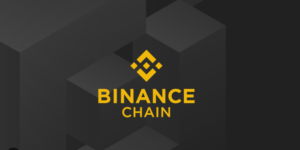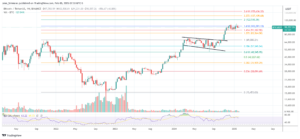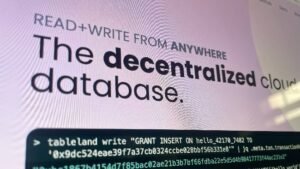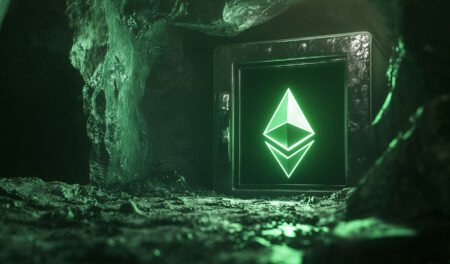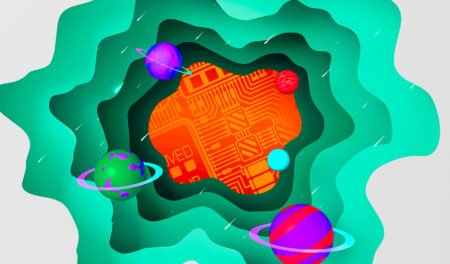As the world embraces decentralized networks and Web3 infrastructure, innovative AI-driven tokens like Bittensor, Livepeer, Flux, Marlin, and GT Protocol are reshaping the landscape of machine learning, video streaming, and investment management. These tokens are revolutionizing the way we interact with AI technologies, providing opportunities for collaboration, transparency, and efficiency. Let’s explore how these groundbreaking projects are driving the future of decentralized networks.
Bittensor’s TAO token powers a decentralized AI network that rewards collaboration among machine learning models. By compensating these models for their contributions to the market, Bittensor creates a global repository of machine intelligence that enables permissionless innovation. This open-market approach allows consumers and producers to engage in a trustless environment, driving growth and accessibility in the decentralized AI space.
Livepeer is redefining video broadcasting by leveraging blockchain technology to create a decentralized network for live video streaming. By decentralizing content submission, formatting, and distribution, Livepeer benefits both users and developers by providing efficient solutions for seamless streaming processes. With its crypto-economic incentives and decentralized computing power, Livepeer is transforming the traditional broadcasting model and empowering creators in the video streaming industry.
Flux is leading the way in Web3 infrastructure with its 13,500-node network and Proof of Useful Work model. This decentralized computational network supports applications with impressive computing power and storage capabilities, ensuring 100% uptime without central points of failure. By repurposing GPU mining for practical challenges like video encoding and AI scaling, Flux is setting a new standard for Web3 infrastructure and driving innovation in decentralized networks.
Marlin is enhancing blockchain networks with its layer-0 protocol focused on optimizing network performance. By utilizing Metanodes running the MarlinVM, developers can build efficient overlays for blockchain scalability, anonymity networks, and device optimization. With its blockchain-agnostic architecture, Marlin ensures interoperability across multiple platforms, addressing the scalability trilemma and improving speed, decentralization, and security without compromise.
GT Protocol simplifies Web3 investments with its comprehensive ecosystem for decentralized fund management and AI-powered trading. With partnerships with major crypto exchanges like Binance and TRON, GT Protocol’s Blockchain AI Execution Technology allows effortless trade and portfolio management through AI-driven commands. By combining secure fund management with AI insights, GT Protocol is creating accessible opportunities in the rapidly evolving CeFi, DeFi, and NFT markets.
In conclusion, the future of decentralized networks, machine learning, and Web3 infrastructure is being shaped by innovative AI-driven tokens like Bittensor, Livepeer, Flux, Marlin, and GT Protocol. These projects are redefining scalability, efficiency, and transparency in AI technologies, video streaming, and investment management, unlocking groundbreaking opportunities for collaboration and innovation in the decentralized space. Embracing these innovative tokens can lead to growth, accessibility, and empowerment in the rapidly evolving world of decentralized networks.

